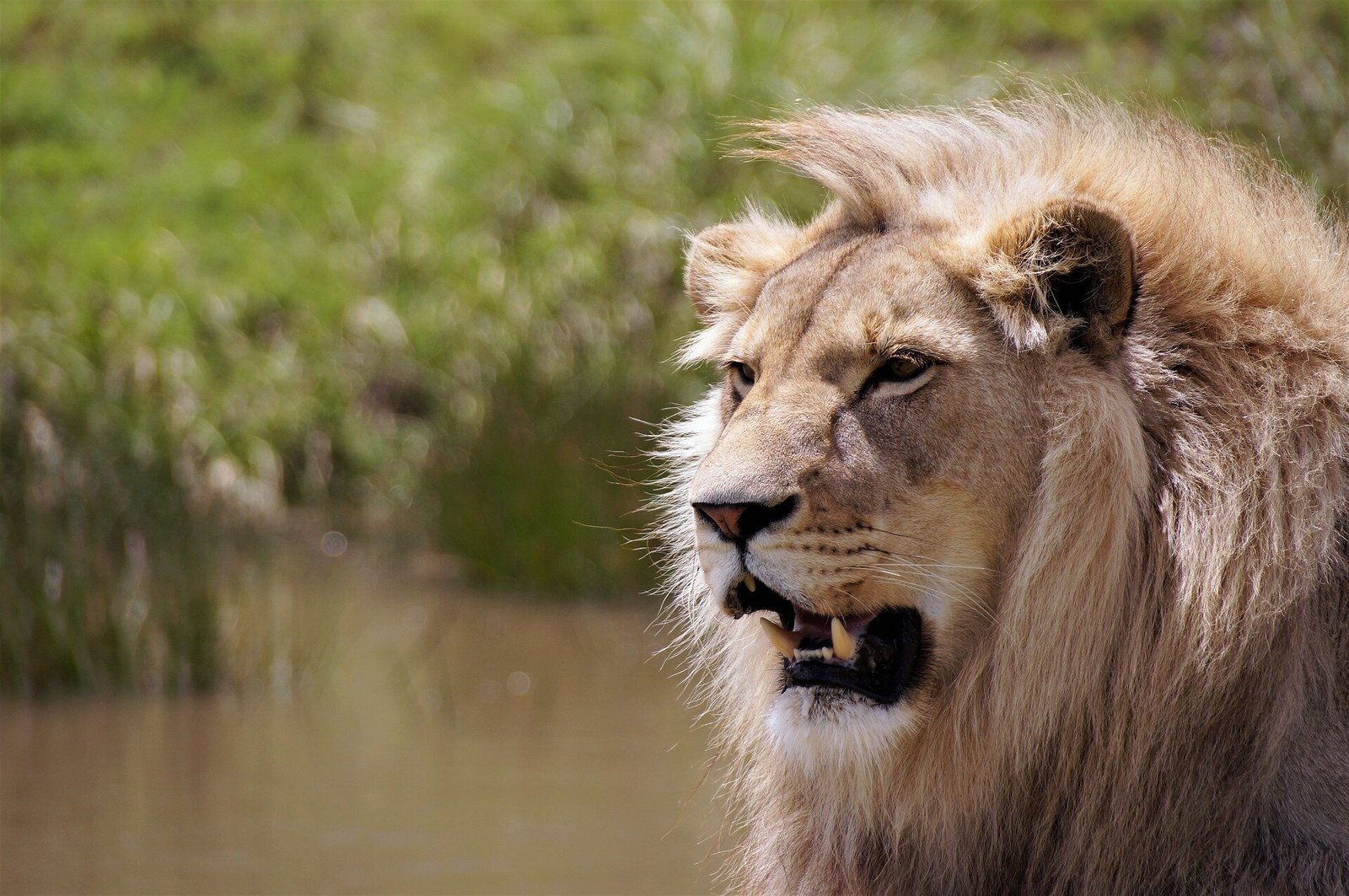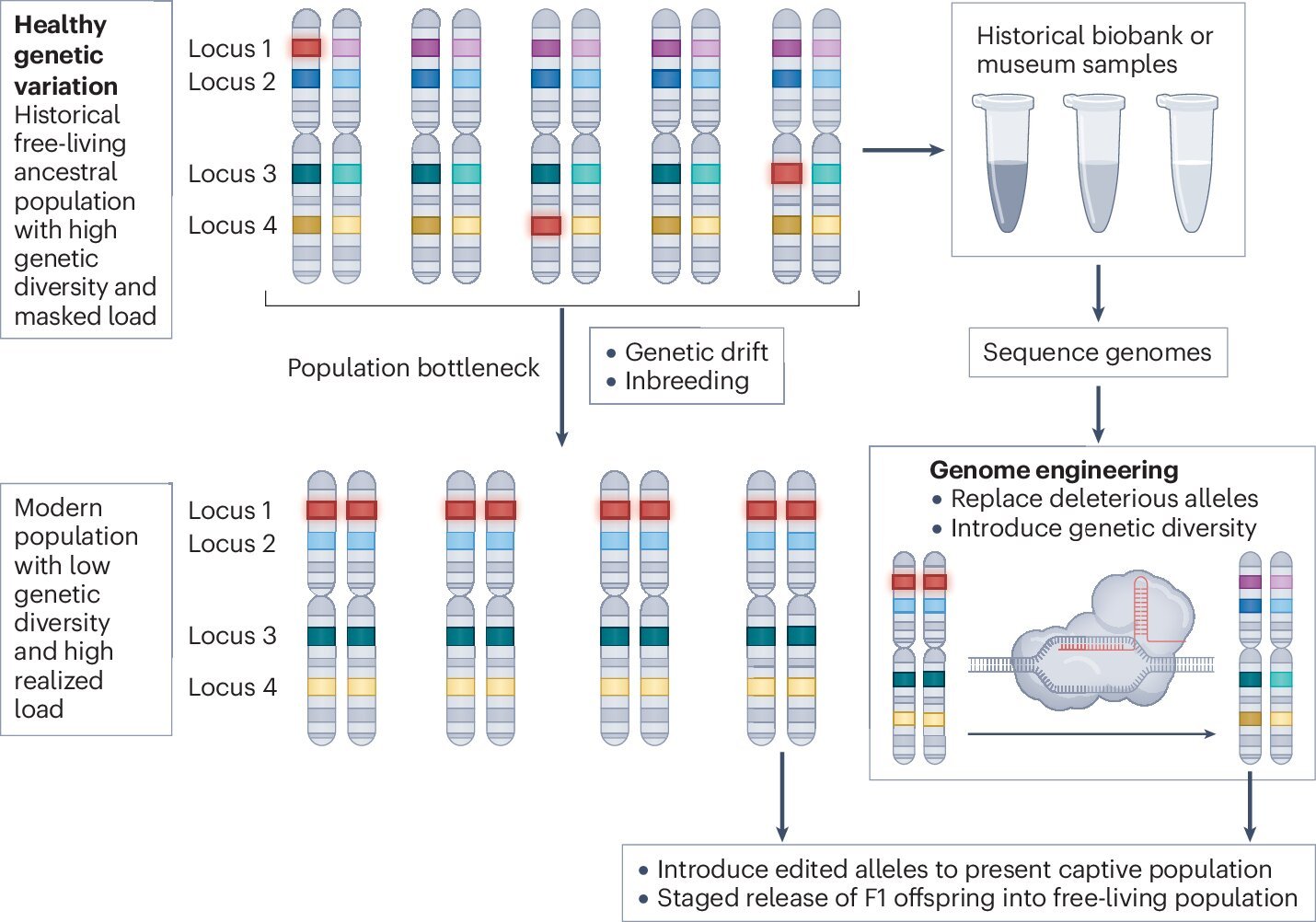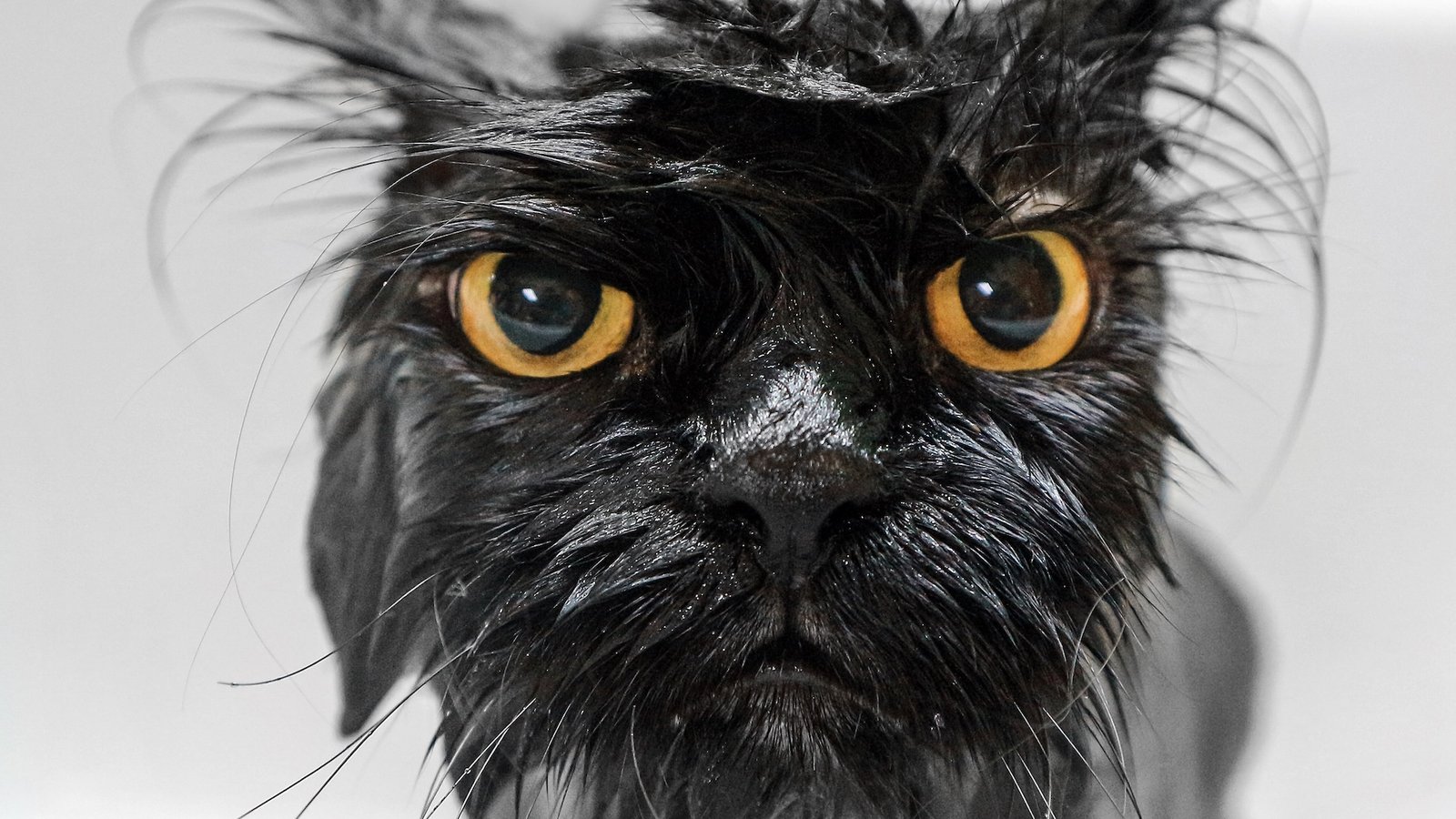by Jonathan Salerno, Amy Dickman, Kevin Crooks, Rekha Warrier, Stewart Breck, The Conversation

Protecting livestock in areas where large carnivores (like lions) live is increasingly important as human land use expands, wildlife habitat shrinks, and climatic changes reshape the ways in which humans and wildlife interact. Protecting the carnivores from livestock owners is important too. Intact carnivore populations support more resilient food webs and the ecosystem services they provide.
It’s not easy for people, livestock, and carnivores to live together without conflict, though. One of the best ways to reduce conflict is to protect livestock like cattle and sheep from being attacked by predators.
There are various methods to do this, like guarding livestock or erecting fences. That’s all very well for the livestock inside the fences, but do predators simply turn to the nearest unprotected livestock for their meal instead? Are the neighbors’ cattle, sheep, and goats at greater risk? This question hasn’t been explored much by researchers.
We’re a group of conservation practitioners and scientists who have studied the interactions of carnivores, livestock, and people in Tanzania and elsewhere for decades to try and find solutions to conflict problems.
Our study area is next to a national park which protects important populations of lion, leopard, hyena, African wild dog, and cheetah. The people who live here have traditionally kept their livestock overnight in enclosures made of acacia-thorn branches. More recently, some of them have built pens, or corrals, from tall chain link fencing. We knew from years working with communities and from previous research that these fortified corrals were effective at keeping livestock safe from predators.
Our next step was to find out whether this made other nearby livestock less safe.
The results were intriguing. We found that the new enclosures made predation less likely in the nearby traditional enclosures too.
This type of beneficial spillover effect had yet to be documented in other systems where interventions aim to protect livestock from large carnivores.
Our results show that in conservation, it’s important to look closely at complex local dynamics. The findings may help explain why there’s so much uncertainty about the effectiveness of various human–wildlife conflict mitigation strategies.
Beneficial spillover effects
People who keep livestock in east Africa have long had strategies to keep their animals safe from large carnivores. Sometimes acacia-thorn night enclosures (known locally as bomas), intensive herding practices, and guarding dogs work well.
Other times, and especially in communities within and adjacent to large, protected carnivore populations, traditional strategies fall short.
This is the case in Tanzania’s Ruaha-Rungwa Landscape. In our study area adjacent to Ruaha National Park, any pastoralist or agropastoralist (herding and crop farming) household has about a 30% chance of losing one or more animals to predation each year. This is a serious economic loss on top of important cultural and emotional costs.
Lion Landscapes, an organization that some of us have been running for over a decade, works to support human-carnivore coexistence. Adjacent to Ruaha, we have been partnering with households to build 1.8-meter chain-link corrals. We subsidize them. Households contribute 25% of the cost and some of the labor for construction.
We analyzed about 25,000 monthly reports of livestock predation in fenced and traditional enclosures, using statistical models. There were 846 predation events over nearly four years. Unexpectedly, while we did detect spillover effects, these appeared to be beneficial. Rather than displacing conflicts, fortified enclosures actually conferred protective effects on their traditional-enclosure neighbors.
For example, households within 50 meters (the minimum observed distance) of a fortified enclosure were half as likely to experience predation compared with distant households 2 kilometers away. And these beneficial effects increased with the number of fortified enclosures in a neighborhood. Finally, the effects appeared to be durable over time.
The fortified enclosures were extremely effective. We showed that households could break even after paying for the fence in just a few years through avoided livestock losses. And we know that when domestic animals aren’t being killed, their owners are more tolerant of predators. We didn’t record carnivore killings in this study but it has happened fairly frequently in the area in the past.
In a few of the world’s human-wildlife conflict systems, where data exist to assess spillover effects, there is evidence that detrimental spillovers do occur. For instance, beehive deterrents may redirect elephants to nearby crop fields, or lethal removal of individual wolves may redirect the surviving pack to prey on adjacent ranches. Nevertheless, these are very under-studied interactions.
Livestock management and carnivore coexistence
In systems where humans, livestock, and wildlife overlap and sometimes come into conflict, management strategies too often focus on wildlife. Another option is to reduce whatever attracts wildlife. In the case of large carnivores, this means managing livestock.
Our results support this approach by demonstrating that management and protection of livestock is fundamental for reducing conflict, and can benefit not only livestock owners but landscape-level coexistence.
Conservationists and policymakers need to encourage these practices that benefit people, carnivores, and livestock in shared landscapes.
More information:
Jonathan Salerno et al, Beneficial Spillover Effects of Antipredation Interventions Support Human–Carnivore Coexistence, Conservation Letters (2025). DOI: 10.1111/conl.13085
Provided by
The Conversation
This article is republished from The Conversation under a Creative Commons license. Read the original article.![]()
Citation:
Livestock and lions make uneasy neighbors: How a fence upgrade helped protect domestic and wild animals (2025, July 27)
retrieved 27 July 2025
from https://phys.org/news/2025-07-livestock-lions-uneasy-neighbors-domestic.html
This document is subject to copyright. Apart from any fair dealing for the purpose of private study or research, no
part may be reproduced without the written permission. The content is provided for information purposes only.




